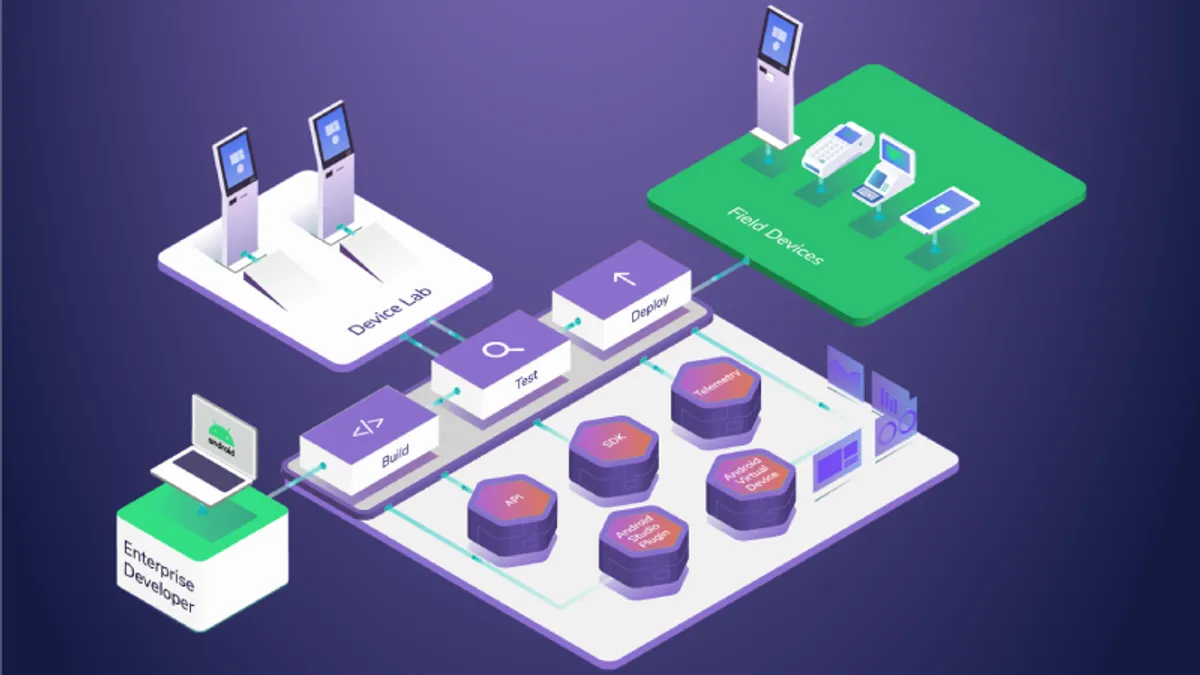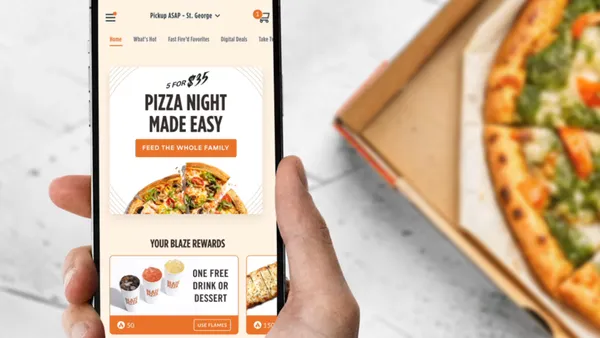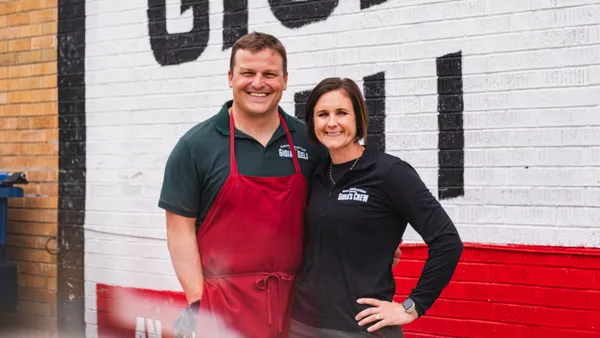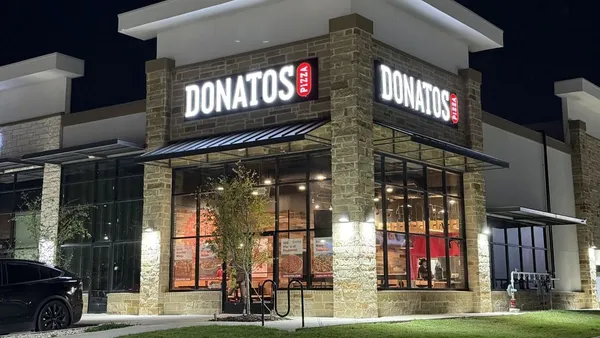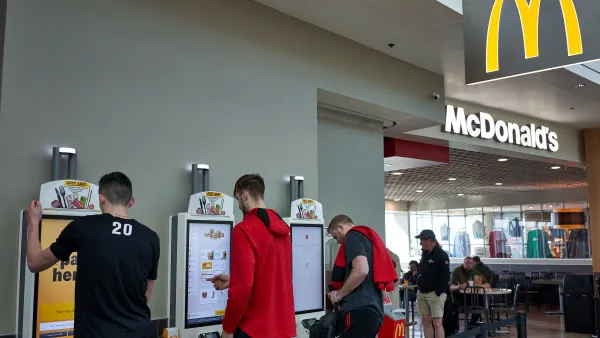As restaurants integrate more device-based technology into their business operations, they’re having to find modern solutions to manage and support these devices. A new study from Esper took a look at what modern device fleets look like and the tools companies have in place to efficiently manage them. Below are some of the highlights for companies in the hospitality industry.
Report insights:
- Restaurant devices have more internal stakeholders than ever before. On average, 30.3 users have access to the device management platform and 16.4 users frequently access the platform. This disparity could suggest division in roles that have day-to-day or week-to-week device management tasks, versus others who may only be involved in new device deployments or software releases.
- Restaurant device fleets are diverse. On average, restaurant device fleets are organized into 128 device groups, which is significantly higher than other industries. They also use an average of 12.6 configuration templates per company. Common grouping rationale is based on location (i.e. each restaurant is one group), device use case (e.g. point of sale, kitchen display system), or a combination of the two.
- It may be time for a big device upgrade. The pandemic impacted the standard hardware refresh cycle for many restaurants, with supply chain issues and uncertain economic realities, resulting in many companies stretching existing equipment beyond the norm. The research found that 81% of Android devices are running Android 9.x, 10.x, or 11.x. With the 2023 release of Android 14, which includes many new security updates and performance improvements, many restaurants are due for a significant upgrade.
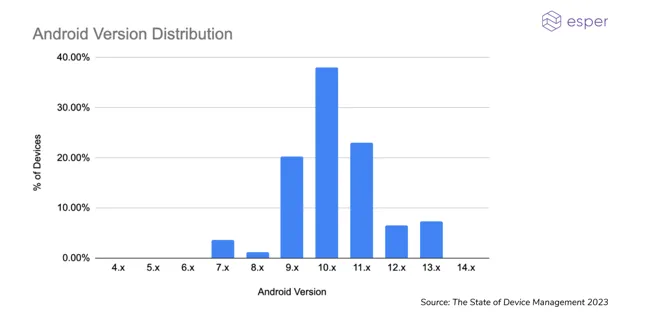
- Devices are all about the application experience — especially for restaurants. As products are increasingly defined by the application experience, companies are using the ability to frequently update to the latest application experience to differentiate themselves. Restaurants, on average, have just over 30 applications or application versions available for devices (third most of any industry, behind Retail and Media).
Restaurants also know that a bad device experience can lose brand affinity with customers, so they do extensive testing before rolling out new experiences. 45% of restaurants use device labs or test groups — more than any other industry.
- However, restaurants lag behind other industries when it comes to remote capabilities. 20% of device configurations across all companies have remote debugging enabled. While restaurants lead the charge in many modern ways of managing and operating devices, oddly, they are far behind other industries when it comes to using remote capabilities with Logistics leading at 45%. Those that are using remote troubleshooting tools can obtain significant operational efficiencies, such as reducing the cost of sending IT support into the field.
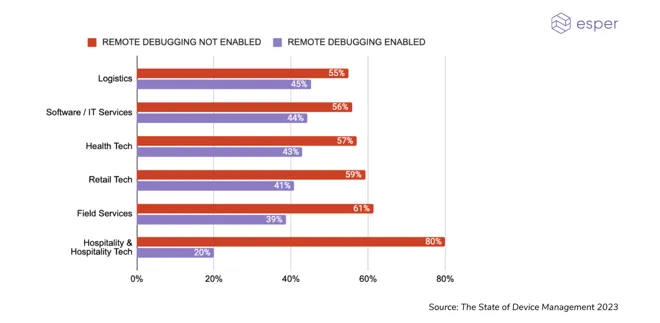
The demands of today’s devices and device use cases aren’t what they used to be five or ten years ago — and the transformation has occurred faster and greater for restaurants than almost any industry. Download the complete report to learn more.
The research includes data from 83 Hospitality and Hospitality Technology companies.

